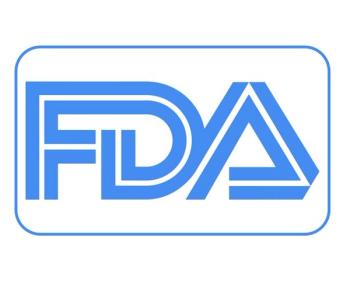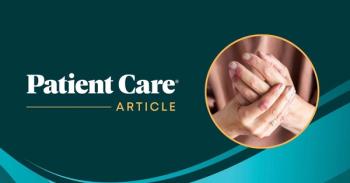
MRI Breast Screening May Be Worth It for Susceptible Women
STANFORD, Calif. - Screening for breast cancer with magnetic resonance imaging in addition to mammography may be cost effective for some women who have a genetic predisposition to the disease, according to a computer model study.
STANFORD, Calif., May 30 ? Screening for breast cancer with magnetic resonance imaging (MRI) in addition to film mammography may be cost effective for some women who have a genetic predisposition to the disease, according to a computer model.
More specifically, additional MRI screening would be cost effective for women between the ages of 35 and 54 with the BRCA1 or BRCA2 susceptibility mutation for whom mammography is not an efficient screen, said Sylvia K. Plevritis, Ph.D., of Stanford here.
Screening with contrast-enhanced MRI has already been shown to detect breast cancer earlier in genetically susceptible women, but the cost has also been calculated as 10 times higher, Dr. Plevritis and colleagues said in the May 24/31 issue of the Journal of the American Medical Association.
The primary preventive options these women have are frequent check-ups, chemoprevention, or prophylactic mastectomy, the researchers noted.
The computer modeling study followed a simulated cohort of more than two million women with genetic susceptibility to breast cancer over their lifetimes, starting at age 25. These women had no prior breast cancer history.
The accuracy of mammography and breast MRI, as well as survival rates for breast cancer, were incorporated into the model from published reports. Costs of the procedures were based on a combination of published literature and Medicare data from 2005.
Depending on variables, the cost ranged from less than ,000 to more than ,000 per year of life gained.
The study assumed a cost effectiveness threshold of ,000 per year of life gained. This threshold was chosen because it is comparable to the cost of other generally accepted interventions such as chemoprevention with Nolvadex (tamoxifen) to prevent breast cancer, Dr. Plevritis said.
With this threshold as the cutoff, adding MRI to regular screening would be cost effective for women age 35 to 54 with BRCA1 (,420 per year of life gained) and women of the same age with BRCA2 and mammographically dense breasts (,454 per year of life gained), the investigators said.
For women in this age range with BRAC2 mutations but not mammographically dense breasts, the cost of additional MRI screening exceeded the threshold (,695).
MRI was more cost effective in women with BRCA1 because they are at greater risk for developing breast cancer and their cancers are more aggressive compared with women with BRCA2, the researchers said.
However, even among BRCA1 carriers, MRI was not cost effective among women younger than 35 because of their lower breast cancer risk; nor was MRI cost effective among women 55 or older because of their declining quality of life and competing risk of death from other causes, the investigators said.
For BRCA1 carriers, adding MRI increased the sensitivity of annual screening from 35% to 85%, the mean lead time from about 1.5 to 3 years, and the false-positive rate from approximately 5% to 25%. Outcomes for BRCA2 mutation carriers were similar, the authors said.
With MRI, life expectancy increased from 71.2 to 73.3 years forBRCA1carriers and from 78.2 to 79.6 years for BRCA2 mutation carriers. For both BRCA1 and BRCA2 mutation carriers, adding MRI reduced breast cancer mortality by 23% over that obtained from mammography alone, the study found.
"With substantial declines in its cost, breast MRI screening is likely to represent an acceptable value for a broader group of women," the authors said.
Newsletter
Enhance your clinical practice with the Patient Care newsletter, offering the latest evidence-based guidelines, diagnostic insights, and treatment strategies for primary care physicians.

















































































































































































































































































